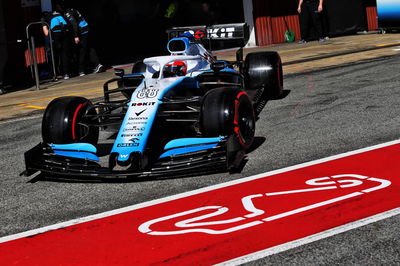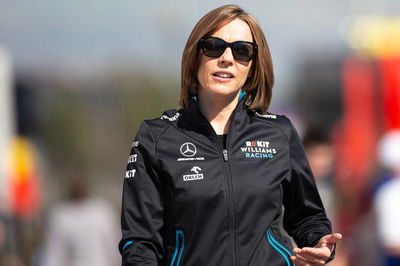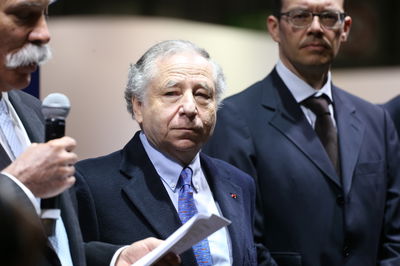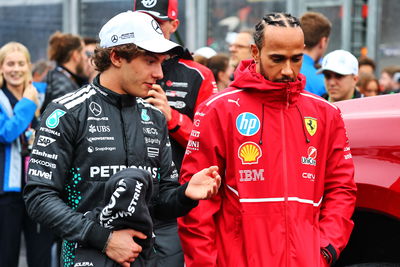Late F1 2019 technical directives a factor in Williams delays
Williams says “relatively late” technical directive changes surrounding the revised aerodynamic regulations played a part in the delays it endured with its 2019 Formula 1 car.
The British squad was forced to miss the opening two days of pre-season testing in Barcelona after encountering delays with its FW42 car, which deputy team principal Claire Williams says were partly caused by some late changes to the new aero rules introduced for 2019.

Williams says “relatively late” technical directive changes surrounding the revised aerodynamic regulations played a part in the delays it endured with its 2019 Formula 1 car.
The British squad was forced to miss the opening two days of pre-season testing in Barcelona after encountering delays with its FW42 car, which deputy team principal Claire Williams says were partly caused by some late changes to the new aero rules introduced for 2019.
“There were some technical directives that didn’t come out until relatively late which doesn’t help,” Williams explained.
“Particularly a team like ours, when we don’t have the additional budget and therefore resource to throw at something if it comes in late.
“We have a very tight plan, with very stringently controlled budgets to affect that plan and if something is thrown in in the last minute, you then have to find additional resource to either do a U-Turn or do what you have to do to facilitate the change.
“There were a few incidents like that. You can’t predict that but you should certainly plan for it and build in contingency. It’s something we have to take into consideration for the next car build time.”
Williams moved to dismiss a number of theories for the reasons behind its delays, including rumoured issues with external suppliers and a lack of budget.
“I think there were many stories around what potentially could have been the cause of it,” she said.
“A couple I read [said] was that there were issues with external suppliers - that wasn’t the case - or that financially, we were in a difficult position and that had an impact on car build - it didn’t.
“I think we take for granted sometimes that we’re going to get one car to the test track and two cars to a race track but Williams still designs and builds our race cars in house, in their entirety.
“There are 22,000 parts to our car which we have to design, manufacturer, and assemble, which we have to put through crash testing. That’s an enormous job and we didn’t make it for a number of reasons.”
Williams said an extensive review into the situation remains “a few weeks away” after the team’s attentions were fully focused on recovering lost time in its pre-season testing programme.

“There hasn’t been any time,” she added. “There is some work that has been started but it will probably take us a few weeks to compile it.
“And we have to get it right because if we don’t get the review right, we won’t get next year’s programme right. So we have to take our time and make sure we get it right for next year.”
While Williams did complete some decent mileage in the second week of testing, it does not appear to have made the competitive strides it would have hoped for as it looks to move back up the pecking order after finishing last in the 2018 constructors’ championship.
“Clearly we don’t want to be at the back again but this is a journey, and other teams have done an exceptional job to maybe make greater inroads than maybe we have,” Williams replied when asked about the team’s prospects for the Australian Grand Prix.
“But we’ll work hard to make sure we recover from where we were last year to where we may be currently.”












